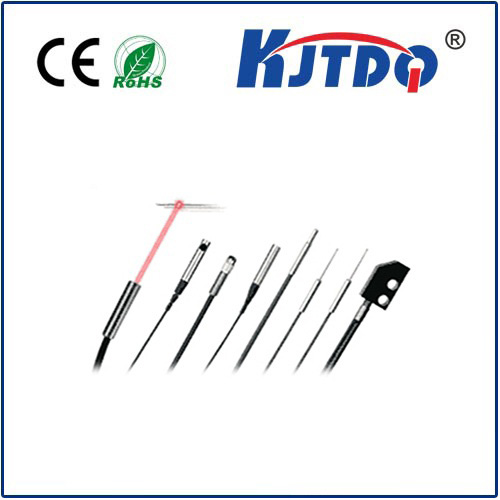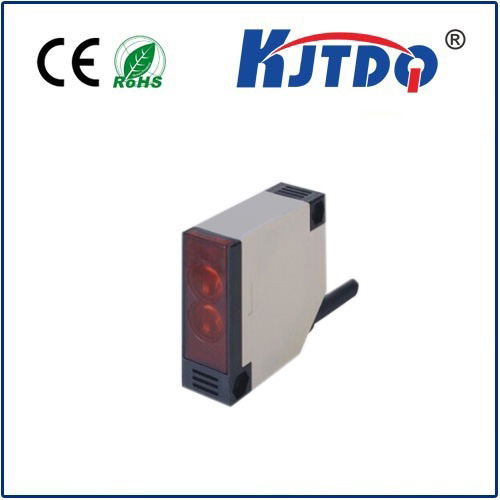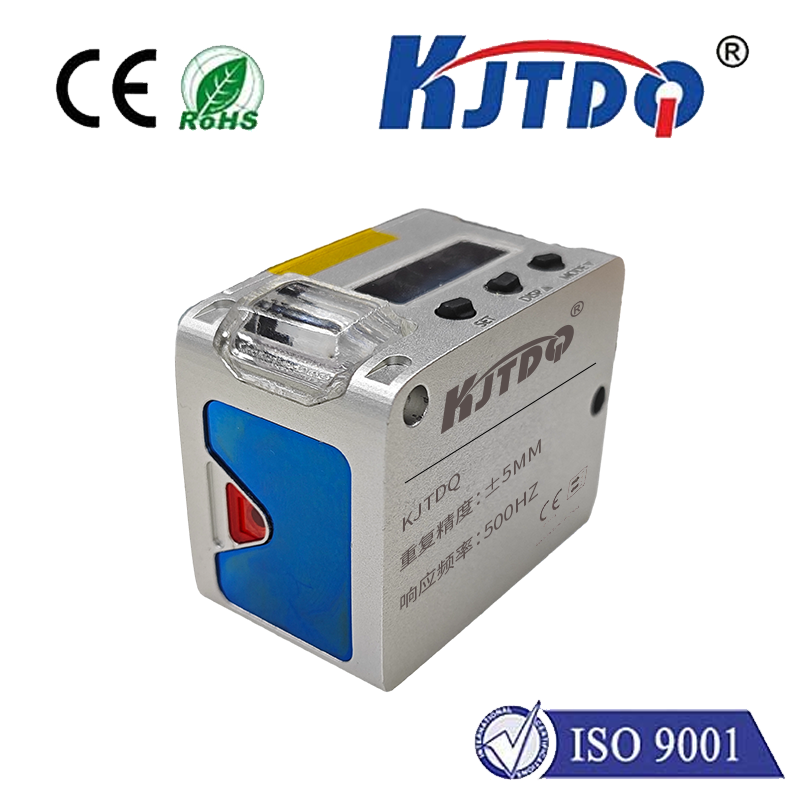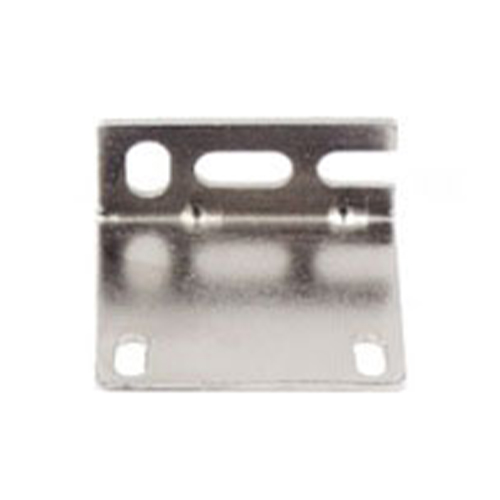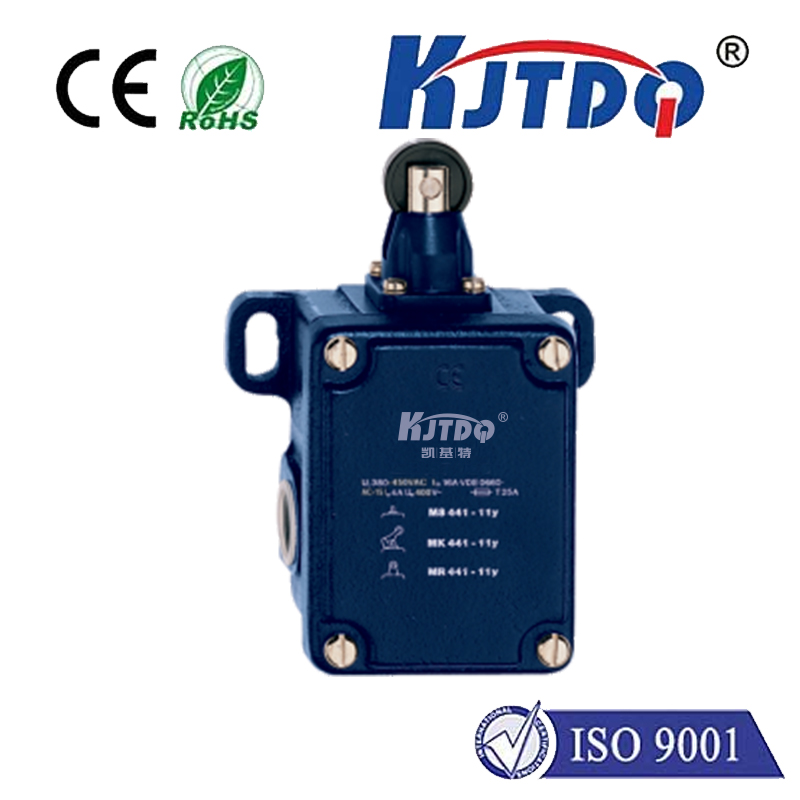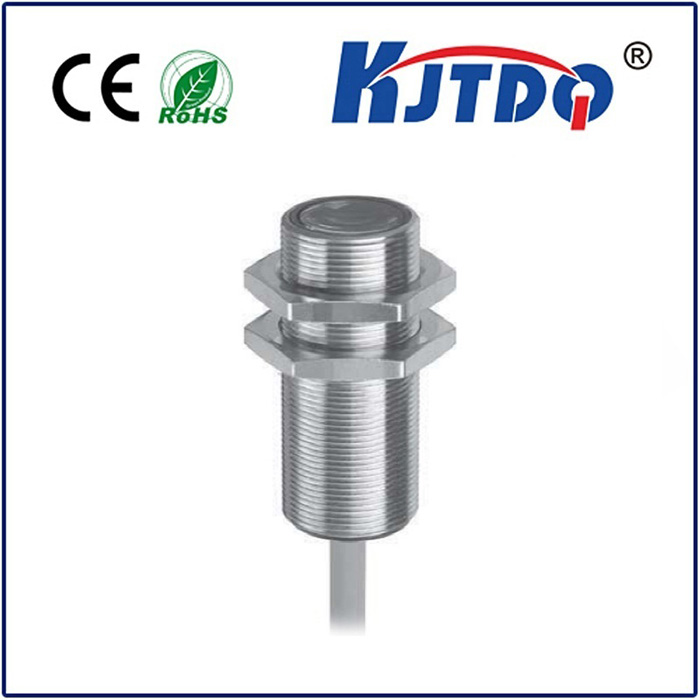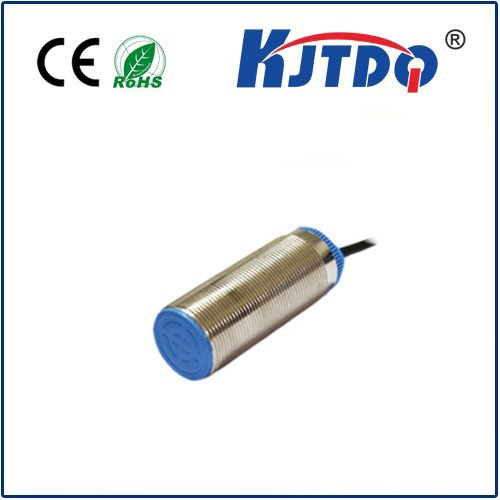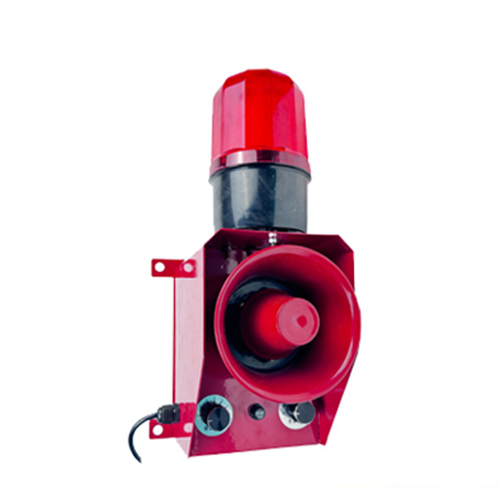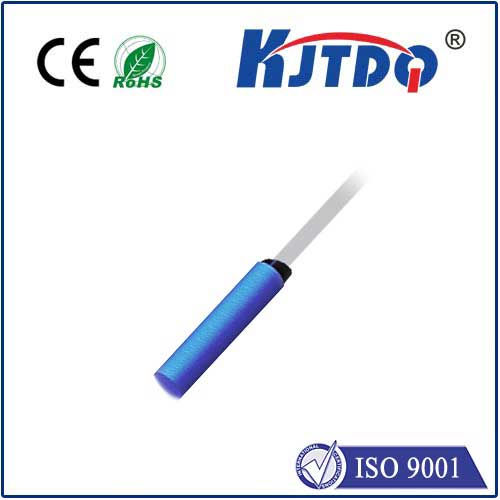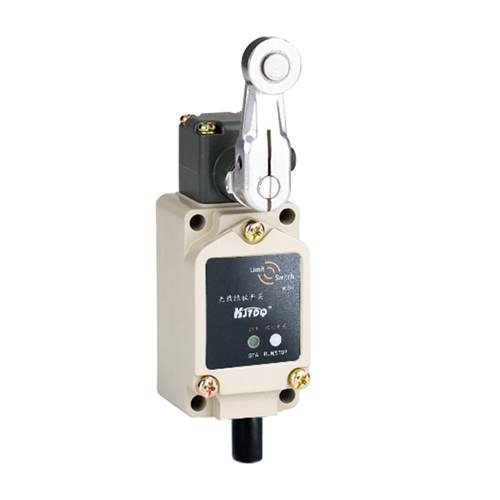

check

check

check

check
Radar Sensor Cost: Understanding the Financial Aspects of Integration and Use
In today’s rapidly evolving technological landscape, radar sensors have become an essential component in a wide range of applications—from automotive safety systems to industrial automation and weather monitoring. However, the integration of radar sensors into existing systems often comes with significant financial implications. This article explores the factors that influence the cost of radar sensors and provides insights into how businesses can manage these expenses effectively.
The cost of radar sensors can be broken down into several key components, including the initial purchase price, installation costs, maintenance, and operational expenses. The initial cost of a radar sensor varies depending on the type, size, and functionality of the sensor. For example, basic radar sensors used in industrial environments may cost around \(1,000 to \)5,000, while high-precision radar systems for aerospace or military applications can exceed $100,000. This price range highlights the importance of evaluating the specific needs of the application before purchasing.

Installation is another critical factor that contributes to the overall cost. Radar sensors are often installed in complex environments, requiring specialized equipment and skilled labor. The complexity of the installation can significantly increase the total cost. For instance, installing a radar sensor in a high-traffic industrial area may require additional infrastructure, such as signal amplifiers or data processing units, which can add several thousand dollars to the project.
Maintenance and operational costs are also a major consideration. Radar sensors require regular calibration and cleaning to ensure optimal performance. Neglecting these tasks can lead to decreased accuracy and increased system downtime, which can be costly in the long run. Moreover, the sensors may require periodic replacement due to wear and tear or technological advancements. Businesses must plan for these ongoing expenses to avoid unexpected financial strain.
Another important aspect of radar sensor cost is the integration with existing systems. In many cases, radar sensors are not standalone devices but are part of a larger system that includes data acquisition, processing, and communication modules. The cost of integrating these components can be substantial, especially if the existing infrastructure is outdated or requires significant modifications.
To manage the financial aspects of radar sensor integration, businesses should conduct a thorough cost-benefit analysis before making any purchases. This involves evaluating the long-term benefits of the sensor, such as improved safety, efficiency, or productivity, against the initial investment and ongoing maintenance costs. Additionally, seeking out cost-effective solutions, such as using open-source software or third-party suppliers, can help reduce overall expenses.
In conclusion, the cost of radar sensors is influenced by multiple factors, including type, installation, maintenance, and integration with existing systems. Understanding these factors allows businesses to make informed decisions and manage their financial commitments effectively. By carefully planning and evaluating the costs associated with radar sensors, organizations can ensure that they make the most of their investment while achieving the desired technological outcomes.
